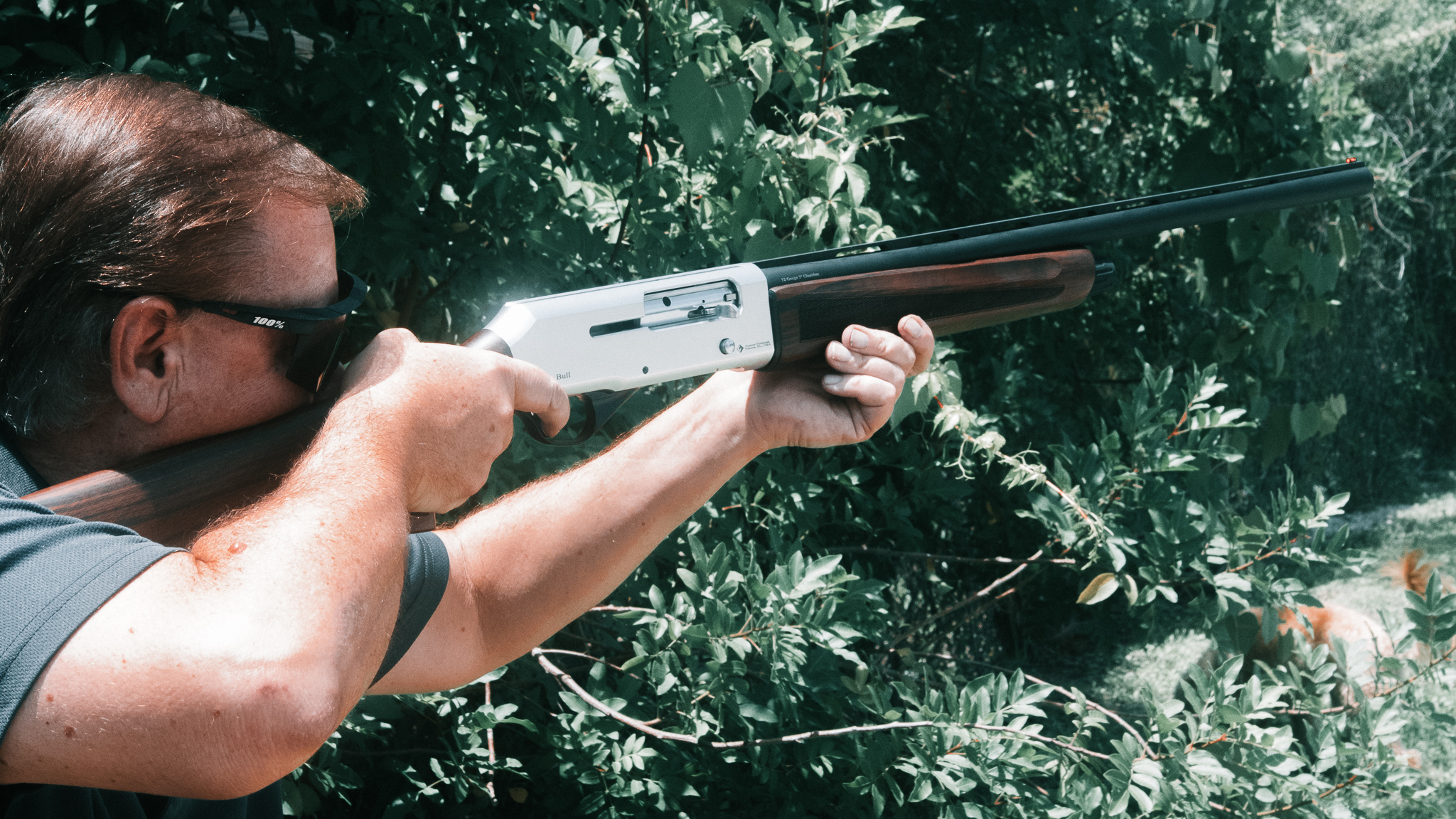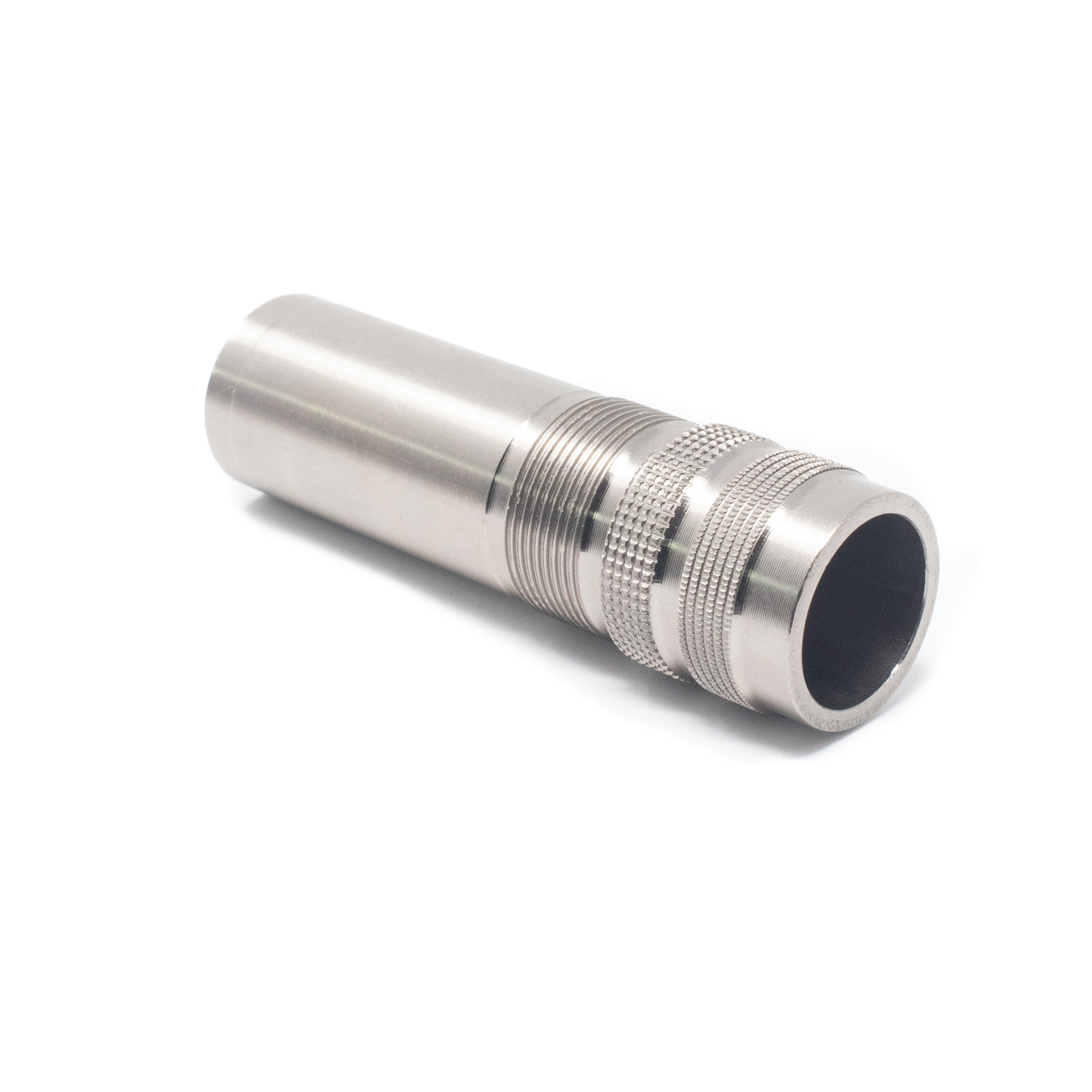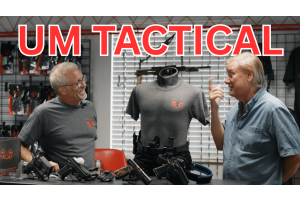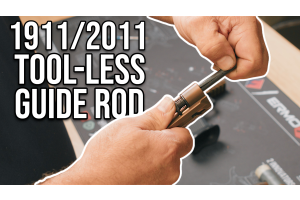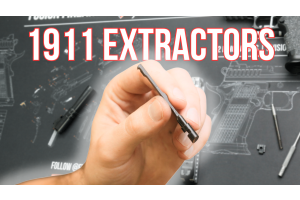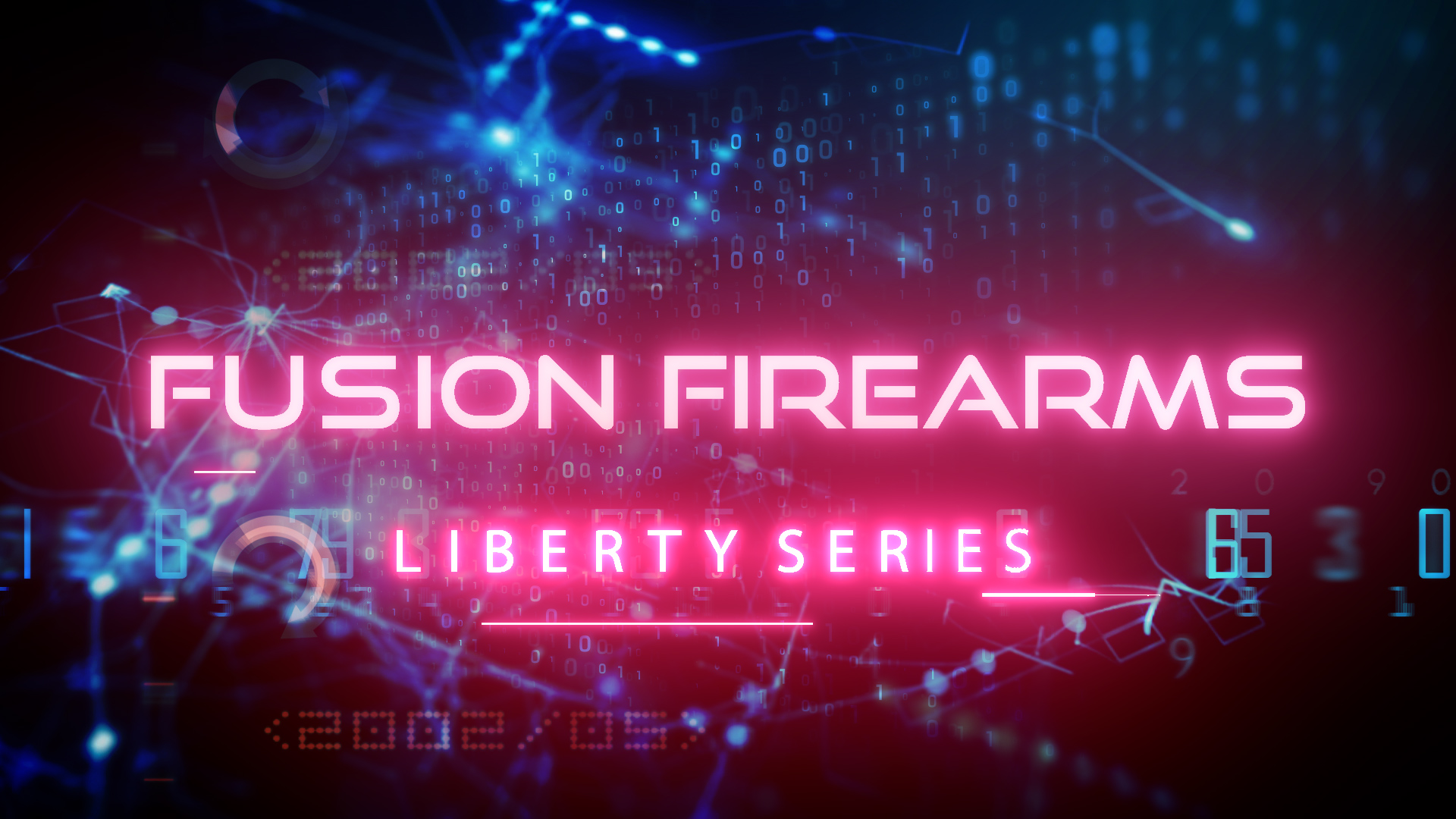
Pump-Action vs. Semi-Automatic Shotguns: Unveiling the Ideal Choice for Your Shooting Needs
0%
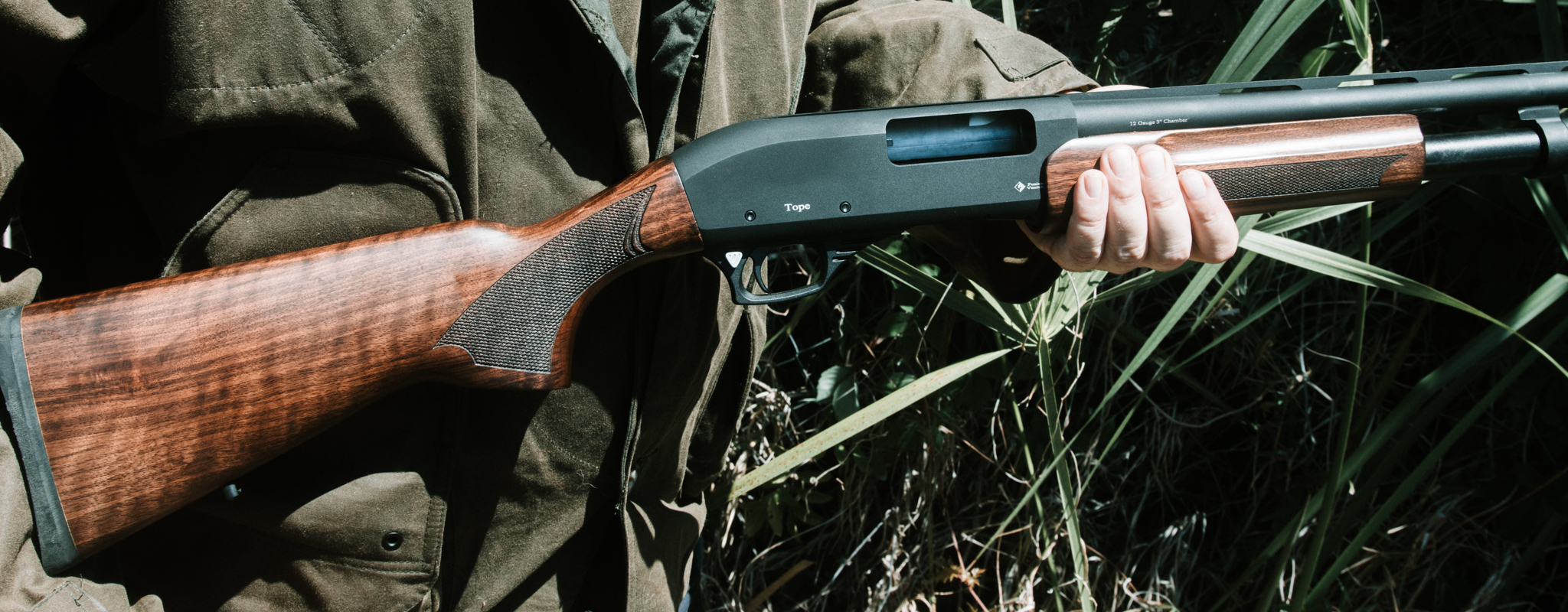
Key Takeaways:
- Pump-action shotguns are reliable, versatile, and affordable, making them suitable for various shooting scenarios and budget-conscious buyers.
- Semi-automatic shotguns offer rapid fire, reduced recoil, and ease of use, making them ideal for competitive shooting and quick follow-up shots.
- Consider your shooting purpose, reliability needs, budget, and personal preferences when choosing between pump-action and semi-automatic shotguns.
- Understand the safety features and comply with local laws and regulations regarding shotguns.
- Seek advice from experienced shooters or professionals to make an informed decision.
- Prioritize safety and follow proper handling, storage, and maintenance procedures.
Choose the shotgun that best aligns with your needs, preferences, and shooting style.
Introduction
Shotguns have remained popular firearms for hunting, home defense, and recreational shooting due to their versatility and power. When selecting a shotgun, two prominent options often come to mind: pump-action and semi-automatic shotguns. Each type offers distinct advantages and considerations that cater to different shooting preferences and requirements. In this article, we will explore the features, benefits, and drawbacks of pump-action and semi-automatic shotguns to help you make an informed decision when choosing your ideal shotgun.
Pump-Action Shotguns:
Reliability and Versatility
Pump-action shotguns have a long-standing history and continue to be a reliable choice for shooters. These shotguns operate by manually sliding the forend backward and forward to eject spent shells and chamber new ones. The manual cycling action provides several benefits:
Reliability:
Pump-action shotguns are renowned for their robustness and ability to cycle various types of ammunition, including low-recoil rounds. Their mechanical simplicity and fewer moving parts contribute to their reliability, making them less prone to malfunctions or failures.
Versatility:
Pump-action shotguns offer flexibility in terms of ammunition selection. They can cycle both light and heavy loads, enabling shooters to adapt their firepower to different shooting scenarios, such as hunting small game or engaging in tactical shooting. This versatility makes them a popular choice for sportsmen and law enforcement personnel.
Cost-Effective:
Pump-action shotguns are generally more affordable than their semi-automatic counterparts, making them an attractive option for budget-conscious buyers.
Semi-Automatic Shotguns
Rapid Fire and Reduced Recoil
Semi-automatic shotguns have gained widespread popularity due to their ability to fire a new round with each trigger pull, without the need for manual cycling of the action. Here are some key advantages of semi-automatic shotguns:
Rapid Fire:
Semi-automatic shotguns offer quick follow-up shots, making them ideal for applications that require a high rate of fire, such as competitive shooting or self-defense scenarios. Their automatic cycling action eliminates the need for manual manipulation, allowing shooters to maintain better target acquisition and accuracy.
Reduced Recoil:
The gas-operated or inertia-driven systems found in semi-automatic shotguns help absorb and distribute recoil energy, resulting in reduced felt recoil. This feature is especially beneficial for shooters who may have physical limitations or prefer extended shooting sessions without experiencing excessive fatigue.
Ease of Use:
Semi-automatic shotguns require less physical effort to operate compared to pump-action shotguns. The absence of manual cycling simplifies the shooting process, making semi-automatic shotguns more user-friendly, particularly for novice or less-experienced shooters.
Versatility:
While pump-action shotguns offer ammunition versatility, semi-automatic shotguns can handle a wide range of loads as well. They can cycle light loads for small game hunting and heavy loads for larger game or home defense. This versatility makes semi-automatic shotguns a popular choice for shooters who engage in different shooting disciplines or require a firearm that can adapt to various scenarios.
Considerations and Applications
When deciding between a pump-action or semi-automatic shotgun, several factors need to be considered:
Purpose:
Determine the primary purpose of your shotgun. If you plan to use it for hunting, home defense, or general recreational shooting, both options can suffice. However, if you require rapid follow-up shots or engage in competitive shooting, a semi-automatic shotgun may be more suitable.
Reliability vs Complexity:
While both pump-action and semi-automatic shotguns are reliable, pump-action shotguns are generally less complex and have fewer components. This simplicity often translates to enhanced durability and easier maintenance. On the other hand, semi-automatic shotguns have more intricate mechanisms, which can require additional care and maintenance.
Budget:
Consider your budgetary constraints. Pump-action shotguns are typically more affordable than semi-automatic models, allowing you to allocate funds for accessories, ammunition, or additional firearms. However, it's important to balance cost with your shooting needs and long-term satisfaction.
Personal Preference:
Ultimately, personal preference plays a crucial role in selecting the ideal shotgun. Consider factors such as ergonomics, aesthetics, and overall shooting experience to ensure the chosen shotgun aligns with your preferences and shooting style.
Training and Experience:
Consider your level of training and experience with shotguns. Pump-action shotguns generally require more manual dexterity and practice to operate efficiently, especially when it comes to quickly cycling the action. Semi-automatic shotguns, on the other hand, maybe more intuitive for shooters who are new to shotguns or prefer a simpler operation.
Recoil Management:
While both pump-action and semi-automatic shotguns can effectively manage recoil, the inherent design of semi-automatic shotguns, with their gas-operated or inertia-driven systems, tends to result in reduced felt recoil. If recoil management is a significant concern for you, a semi-automatic shotgun may offer a more comfortable shooting experience.
Accessory Compatibility:
Consider the availability and compatibility of accessories for the shotgun you choose. Both pump-action and semi-automatic shotguns have a wide range of aftermarket accessories available, such as extended magazines, chokes, stocks, and optics. Ensure that the shotgun you select has a sufficient selection of accessories to meet your specific needs.
Safety Considerations
Safety should always be a top priority when handling firearms. Both pump-action and semi-automatic shotguns have safety features in place, but they differ in operation.
Pump-Action Safety:
Pump-action shotguns usually feature a cross-bolt safety located near the trigger guard. This safety mechanism is simple and easy to operate, allowing quick engagement and disengagement with minimal effort. Users can readily identify the safety's position by touch, making it intuitive even in low-light or high-stress situations.
Semi-Automatic Safety:
Semi-automatic shotguns employ various safety mechanisms, including cross-bolt safeties, trigger safeties, and magazine disconnects. It's essential to familiarize yourself with the specific safety features of your chosen semi-automatic shotgun and follow the manufacturer's instructions for proper operation. Additionally, some semi-automatic shotguns may have additional safety features like a bolt release button or a manual action lock.
Legal Considerations
Before purchasing a shotgun, it's crucial to research and understand the applicable laws and regulations in your jurisdiction. Different regions may have specific restrictions on magazine capacity, overall length, and certain features. Ensure that your chosen shotgun complies with local laws and obtain any necessary permits or licenses. Additionally, familiarize yourself with the requirements for transportation, storage, and use of shotguns in your area.
Conclusion
The choice between a pump-action and semi-automatic shotgun ultimately depends on your shooting needs, preferences, and budget. Pump-action shotguns offer reliability, versatility, and affordability, making them well-suited for a wide range of applications. Semi-automatic shotguns provide rapid follow-up shots, reduced recoil, and ease of use, making them ideal for competitive shooting or individuals who value quick target acquisition.
Consider your shooting purpose, reliability requirements, budget, personal preferences, and level of experience when making your decision. If possible, try shooting both types of shotguns to gauge how they handle and feel in your hands. This hands-on experience can provide valuable insights into which type of shotgun suits you best.
Additionally, consider seeking advice from experienced shooters, firearm instructors, or professionals in the industry. Their expertise can offer valuable guidance and help you make an informed decision based on your specific needs and shooting goals.
Remember, safety should always be the top priority. Regardless of whether you choose a pump-action or semi-automatic shotgun, familiarize yourself with the proper handling, storage, and maintenance procedures. Adhere to all safety guidelines and regulations to ensure a safe shooting experience for yourself and those around you.
In conclusion, the choice between a pump-action and semi-automatic shotgun boils down to your individual preferences, shooting requirements, and budget. Pump-action shotguns are reliable, versatile, and budget-friendly, making them suitable for a wide range of applications. On the other hand, semi-automatic shotguns offer rapid fire, reduced recoil, and user-friendly operation, making them ideal for competitive shooting or situations that demand quick follow-up shots.
Take the time to research, handle, and test both types of shotguns before making your final decision. By considering factors such as purpose, reliability, budget, personal preference, training, recoil management, accessory compatibility, and legal considerations, you can select the shotgun that aligns perfectly with your needs and enhances your shooting experience. Regardless of your choice, always prioritize safety and responsible firearm ownership.



